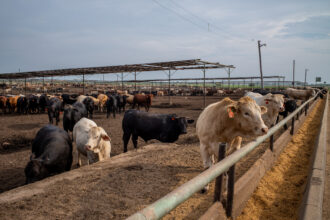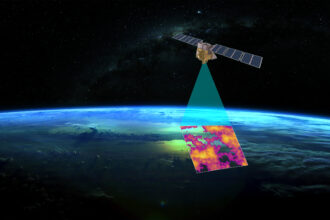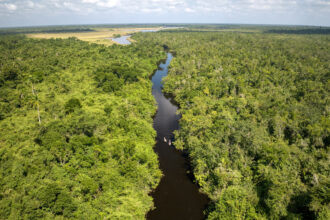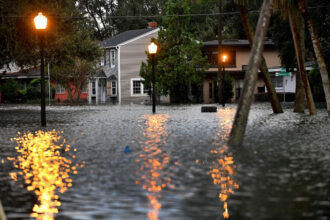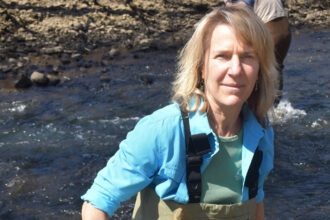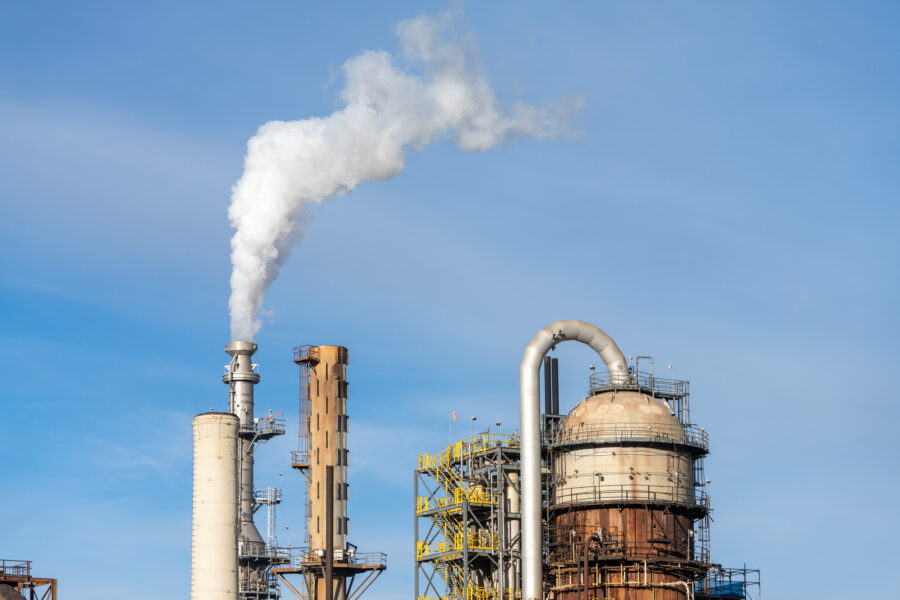From our collaborating partner “Living on Earth,” public radio’s environmental news magazine, an interview by Producer Aynsley O’Neill with Dr. Stephen Conley, an atmospheric scientist and the founder of Scientific Aviation.
On March 4th, a new satellite with special methane detectors blasted off into Earth’s orbit.
MethaneSAT, led by the Environmental Defense Fund and launched by SpaceX, has the important mission of tracking methane emissions from oil and gas infrastructure across the globe. Methane is a powerful greenhouse gas that can be 80 times more potent than carbon dioxide, so it’s a major contributor to climate disruption.
While some private entities are already using satellites to track methane emissions, MethaneSAT is the first initiative to make the information free and accessible to the general public.
Dr. Stephen Conley is an atmospheric scientist and the founder of Scientific Aviation, which conducts plane-based measurements of methane and other greenhouse gases. He has worked with the Environmental Defense Fund in the past, though he is not involved in MethaneSAT. The interview has been edited for length and clarity.
AYNSLEY O’NEILL: Please start us off with an overview about the project. What are we going to learn from this?
STEPHEN CONLEY: What’s different about MethaneSAT is this is going to bring much needed transparency to industry. If you go back, say, 12 years ago, nobody was talking about methane; it just wasn’t on the radar. It was EDF, the Environmental Defense Fund, that really brought methane to the forefront.
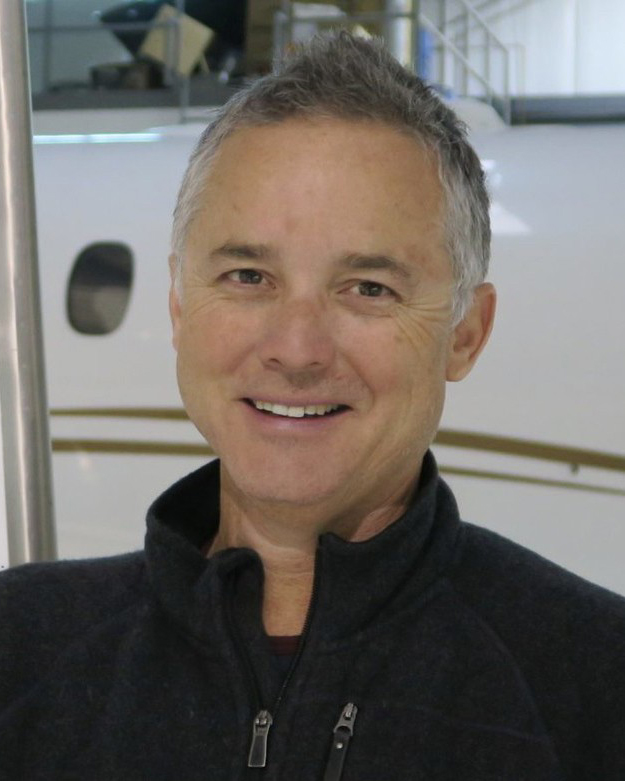
They started doing studies with lots of aircraft flying around. In fact, we did a bunch of their flights, all over the country. What they started to do was bring awareness to the methane problem and started this discussion.
One of the challenges that we face is that you need to be able to separate the people in the industry who are doing the right thing from those who aren’t, because not all oil companies are created equal—the same for every industry, right? Some landfills are doing a fabulous job of capturing their methane emissions, and some aren’t. So how do you separate them?
What’s different about MethaneSAT, and I think what’s going to make a profound impact on our emissions, is that all of a sudden, it’s that old—was that Ronald Reagan?—”You can run but you can’t hide,” now that you’re going to have this satellite flying over.
And it’s actually giving everyone free access to data on who’s emitting what, where. Right now, we have plenty of satellites that are flying around looking at methane emissions. But it’s very expensive to use their data. They’re not free. And EDF is making this data publicly available, so everybody is going to have it.
Now, the United Nations has a program where they’re monitoring—the International Methane Emissions Observatory. I have been talking with them for years, and it’s almost gleeful. They’re so excited, because at the moment, they’re getting most of their data from voluntary reporting. This is going to sort of be this spy in the sky. It’s like, all of a sudden, someone’s watching and giving them the ability to confirm those reports. That, I think, is what’s going to cause the effectiveness. It’s not so much that it’s a new technology as it is, it’s publicly available.
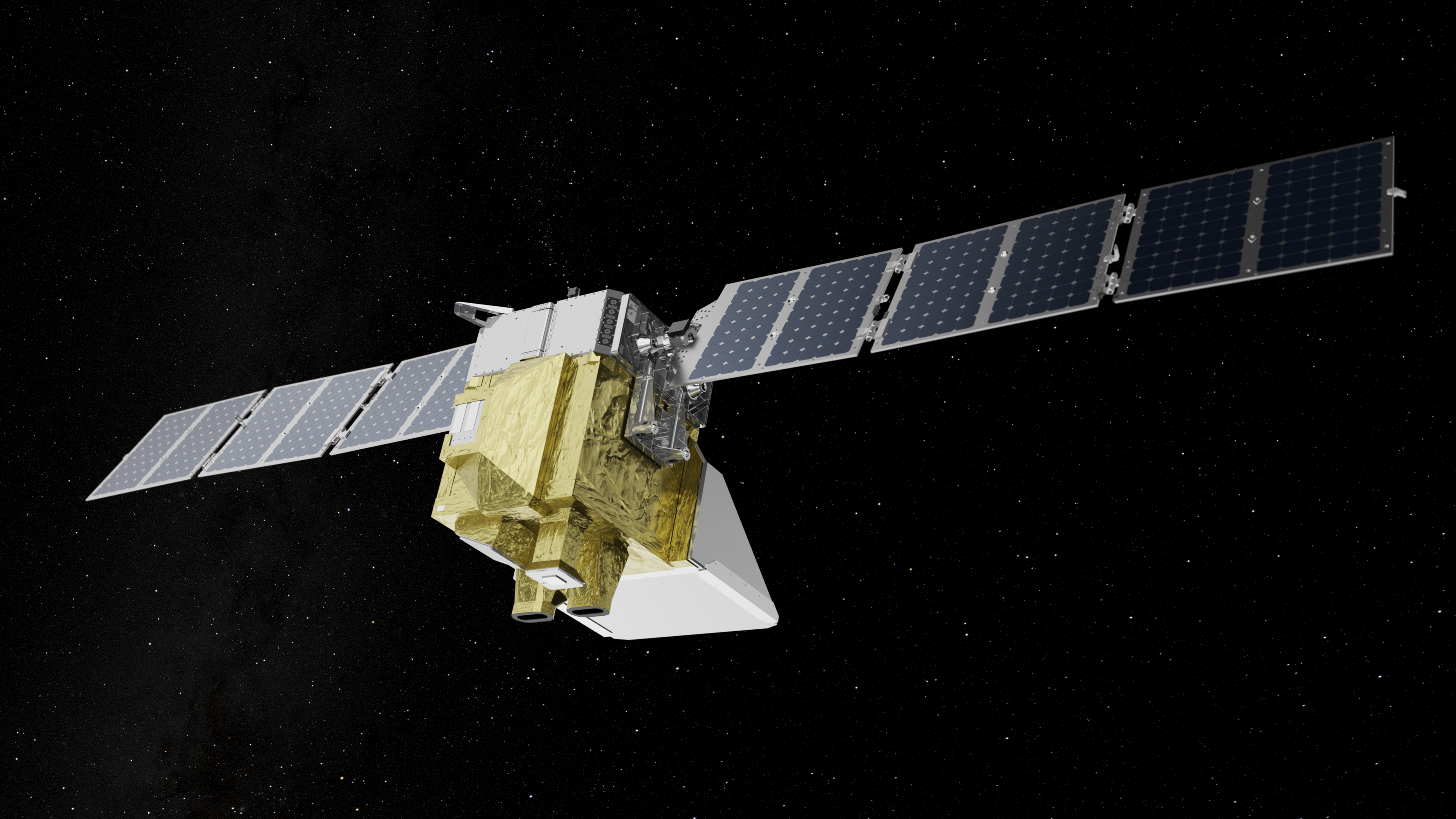
O’NEILL: What kind of reactions to this project have you seen from the fossil fuel industry, if any?
CONLEY: If you think about it, the companies that are trying to do the right thing, in a way they get put at a competitive disadvantage when there’s no accountability for those that don’t, because it’s obviously less expensive to not do the right thing. Companies that are taking the right steps are going to be happy about the fact that now there’s going to be some public accountability. It’s going to help to level the playing field. I have actually heard good reactions from those companies.
O’NEILL: What about a major fossil fuel emitter like Exxon or Chevron?
CONLEY: Here’s a good way to look at this: There’s an organization called the Oil and Gas Methane Partnership connected to the United Nations organizations. It’s totally voluntary. But as far as I know, all of the super majors, at least the ones that we deal with here in the United States, have joined. So Chevron, Exxon, Shell, ConocoPhillips, they’re all part of that, which in itself requires sort of a higher level of attention to the emissions. I would say, statistically, those super large companies are less of a worry to me than the small ones.
One of the typical problems is that a super large company builds a well, and in the beginning, it’s producing tons; it’s very valuable. And as that production drops off over the years, ultimately it becomes not profitable to apply their standards to it, so it ends up getting sold to a smaller operator. And those smaller operators often don’t have that level of attention.
O’NEILL: You’ve been working in this field for about two decades. Why is it that this is happening now, in 2024? What has been a hurdle to it happening earlier?
CONLEY: A few things. Obviously, one of them is money. There’s other operators that have satellites that look at methane, but they had a commercial model. So getting funding was, I don’t want to say easy, but it was easier because there was a potential to make a lot of money off of that. EDF had to raise money from people who are just interested in stopping the methane emissions.
The other thing that’s happening is the urgency is increasing. When you see these reports from the International Panel on Climate Change, IPCC, where they talk about the timing…I think the last one was that we have 12 years to get our emissions under control before we reach the tipping point and it’s too late. Statements coming out that stress the urgency are what’s sort of driving all this stuff forward in 2024. It’s that convergence of funding available and urgent need for change.
This story is funded by readers like you.
Our nonprofit newsroom provides award-winning climate coverage free of charge and advertising. We rely on donations from readers like you to keep going. Please donate now to support our work.
Donate NowO’NEILL: What is the big takeaway from this new project?
CONLEY: What this means, bottom line, beyond all the other talk, is transparency. You’ve got this device that’s circling the planet. And all it’s doing is telling us when somebody has a problem.
When we started doing these flights 14 years ago, nobody had flown over oil and gas sites. In the beginning, we got a lot of pushback from the property owners, from the operators, saying that you’re not allowed to fly over us. And the answer is we are allowed, it’s part of the FAA rules. That brought a level of transparency, because all of a sudden, these operators knew that this plane could show up at any time. But they knew the plane was there. That’s the difference.
With the satellite, you don’t know it’s there. You’re not looking up at the sky and you see the satellite like you do with an airplane. So you’ve got an operation that’s just going on. And the satellite goes over and takes this picture when you weren’t even aware of it. Historically, we’ve had these environmental advocates that would go and cut the lock on the site, and they’d go on with their optical gas imaging camera. And then they would send a picture to the New York Times, right? They’d break the law. EPA was very clear that you cannot go on to someone’s site without permission to get this data that we’re going to use in enforcement.
While that’s not an option, now, if I’m an environmental advocate, all I have to do is start downloading this data from EDF and go match it up to sites. I can now be just an ordinary citizen, get this data and then go start reporting to the EPA. That’s where I think that this is going to be so profound in its importance, because every time you have one of these emissions, you’re going to be wondering: Was someone looking?






